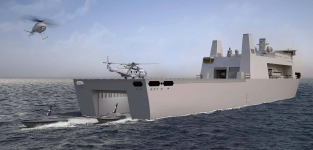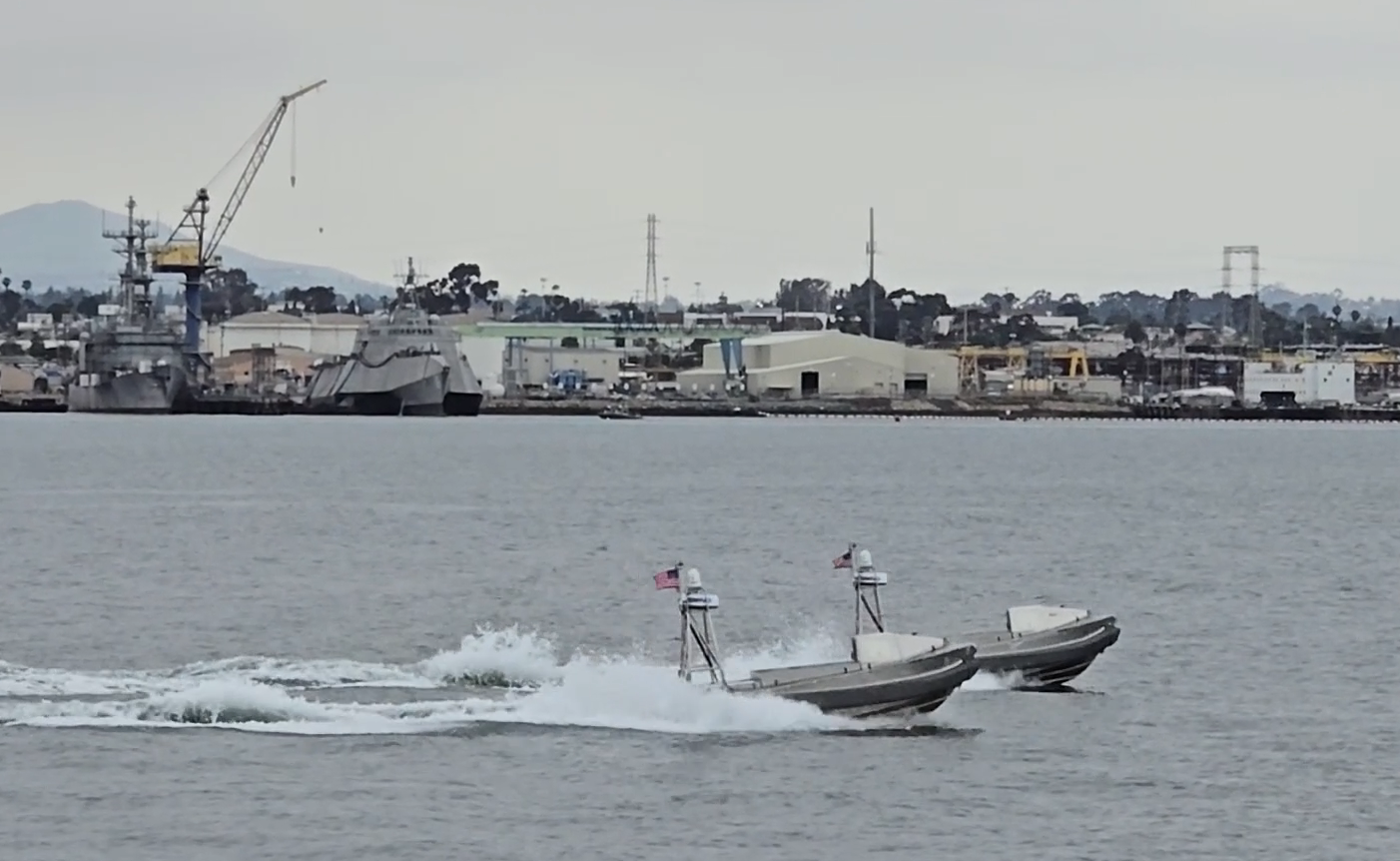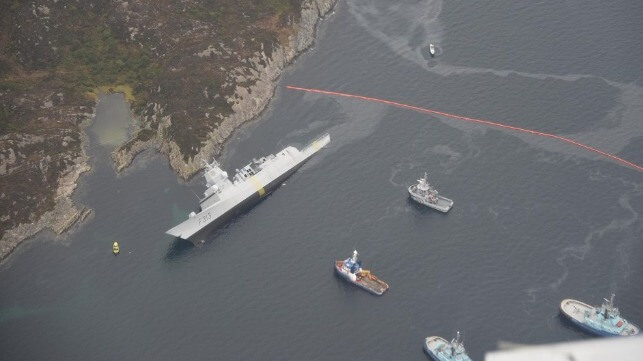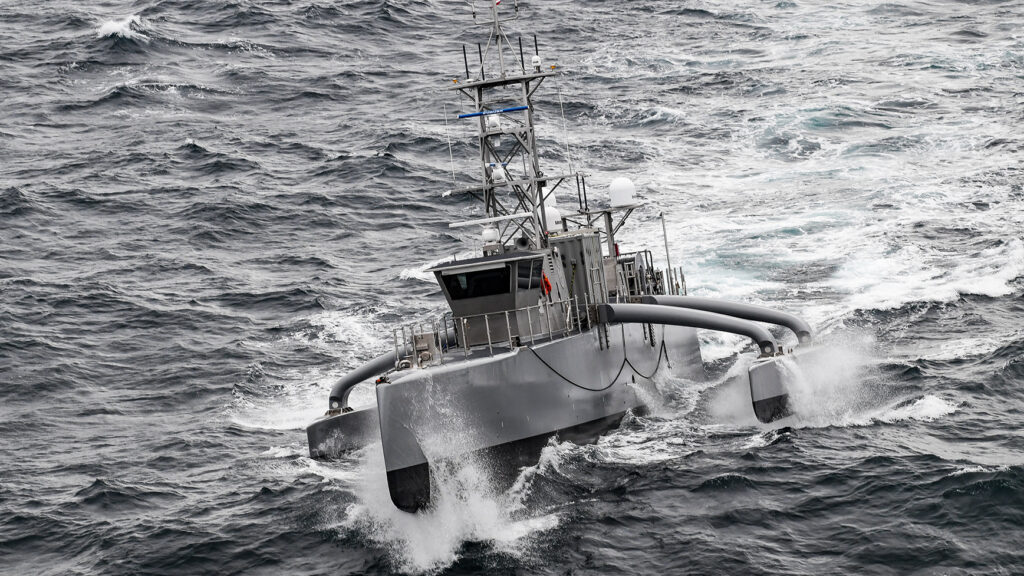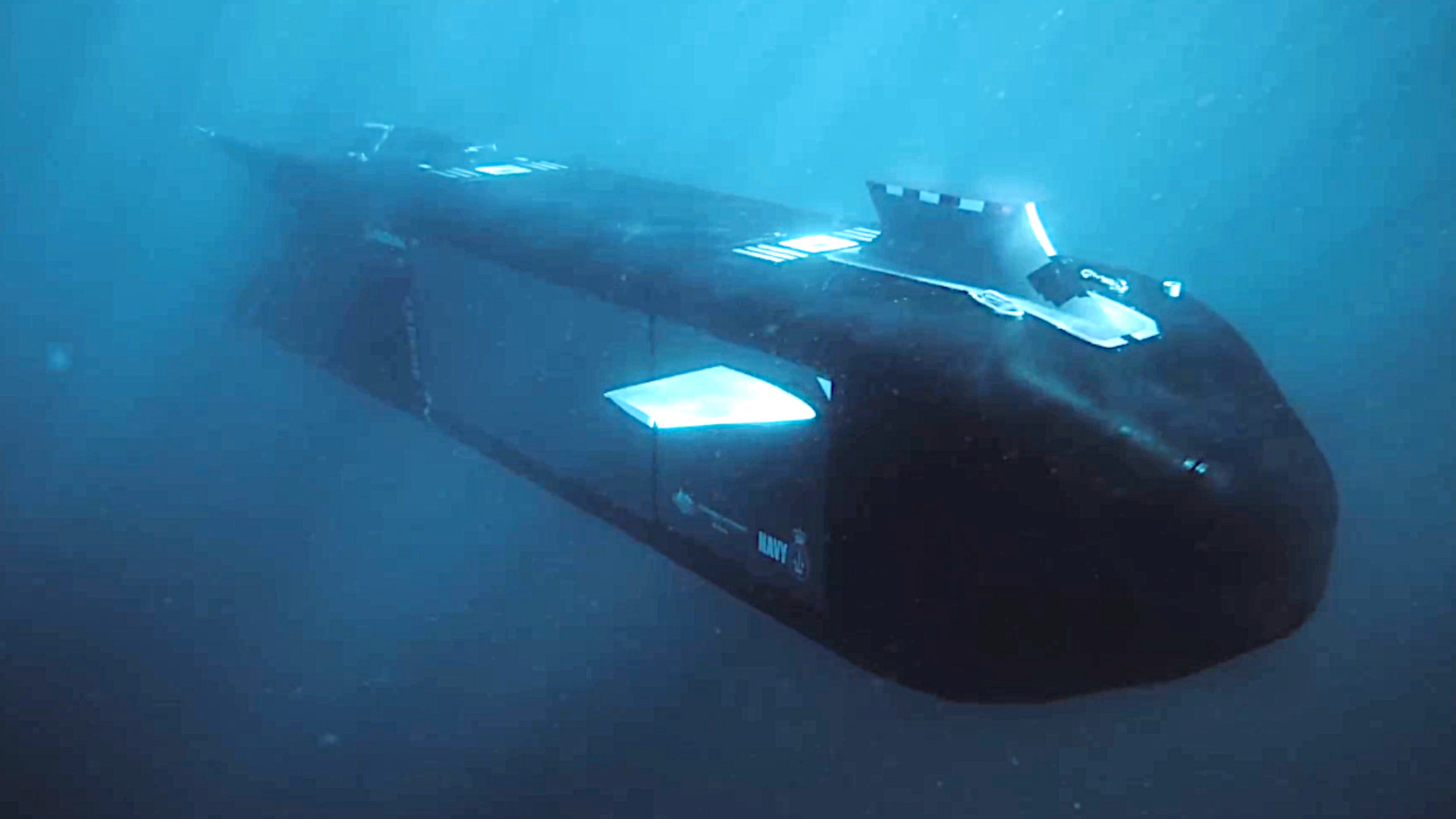- Reaction score
- 12,005
- Points
- 1,160
How big a USV would it take to float one 20 ft container?
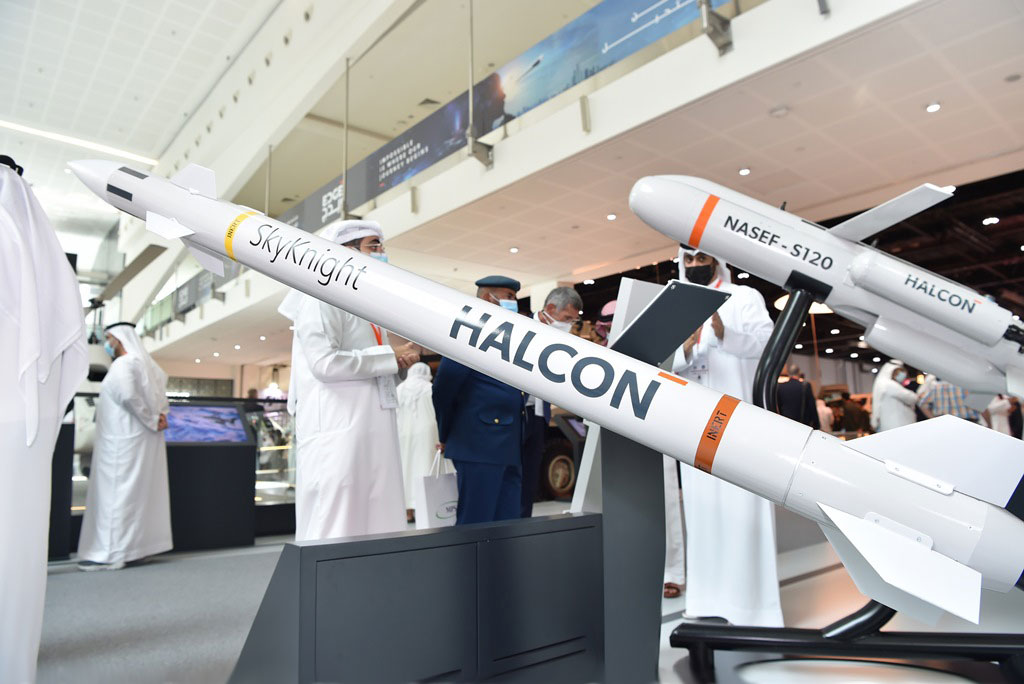
 www.edrmagazine.eu
www.edrmagazine.eu
I can't help but think a bunch of USVs with 60 SAMs in the 5 to 10 km range, would have an effect on the ability of the Houthis to dominate the Red Sea.
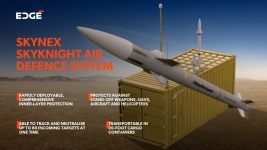

Halcon and Rheinmetall Air Defence team up for the Skynex - EDR Magazine
By Paolo Valpolini Halcon, the company part of the EDGE group, specialised in guided weapons, unveiled at IDEX its SkyKnight
The new missile is 2.2 meters long, the body diameter is 115 mm while the wingspan is 300 mm, weight launch being 35 kg. No indication about the maximum speed was provided. Halcon proposes a 20-foot container as launcher, 60 missiles being hosted in a 6×10 cells matrix, one section of the container hosting the power supply system, the secure data-link to keep communications with the Skymaster, and the electronics to sequence fire the missiles. A Skynex battery can include up to four Oerkikon Revolver Guns and four SkyKnight launchers, a total of 240 missiles being thus available.
Each container can launch in sequence up to 20 missiles, the system being able to handle up to 80 missiles in flight at the same time. According to data provided by Halcon, the SkyKnight can cope with rotary wing aircraft and UAVs up to 10 km, against fixed wing aircraft at 8-10 km, against precision guided munitions and cruise missiles at 6 km, and against rocket-artillery-mortar threats at 4 km range.
I can't help but think a bunch of USVs with 60 SAMs in the 5 to 10 km range, would have an effect on the ability of the Houthis to dominate the Red Sea.





